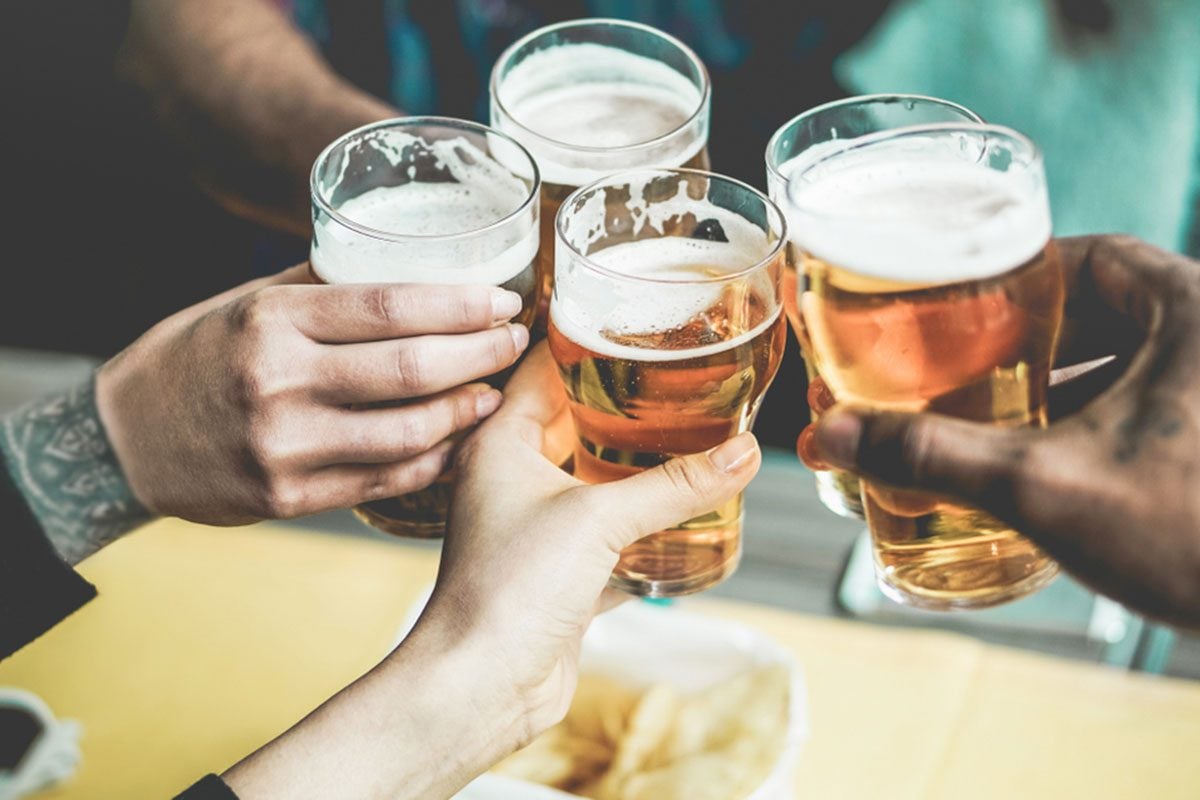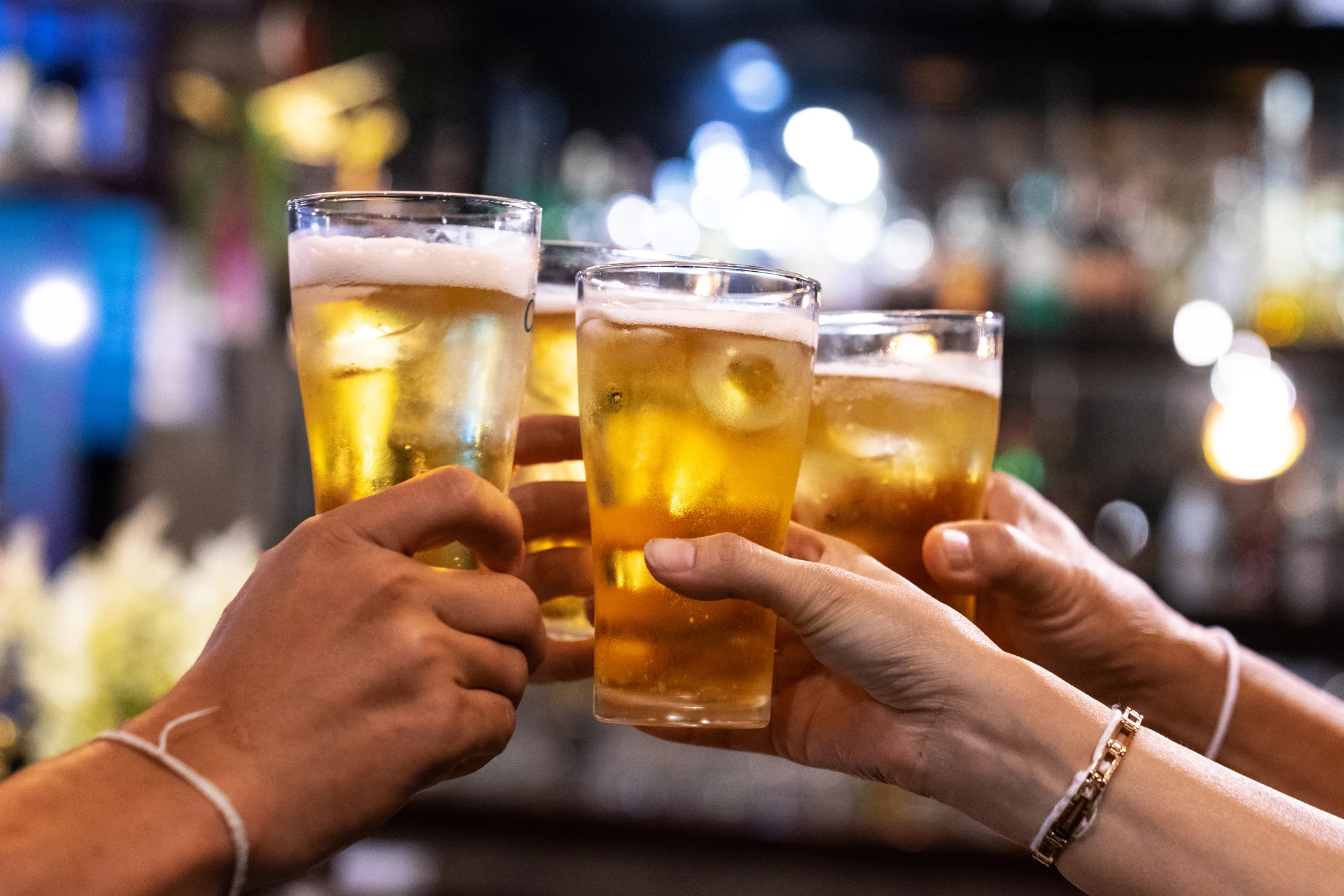There exists more compared to an ocean between drinking cultures in the United States and Europe—folks from various continents typically like their alcohol, cocktails, and wine in distinct styles.
Even though a handful of American drinking behaviors are so clear that bartenders can recognize them regardless of the place, there are still numerous ways in which culture from the great ol’ US of A. is different from the European culture and multiple ways in which drinkers from other countries are also distinct from one another.
Look here for an honest rundown of all the weird stuff people do when they drink in America vs. Europe at the bar.
Table of Contents
ToggleWhat Is Drinking Culture?
Drinking culture involves a group’s or society’s habits, customs, and cultural standards about drinking booze. It covers how people feel about drinking, what kinds of alcohol they drink when they drink, and how they act once drinking.
Nations, regions, and groups within a bigger society may have distinct drinking cultures. America and Europe have unique drinking customs. The allowed drinking age in America is 21, and drinks, homemade beer, and tight alcohol rules are common.
Heavy drinking in college is a worry. It’s hard to drink in public and illegal to drink and drive. In Europe, the minimum drinking age is frequently 16 to 18 years old, and wine and drinks are standard in cafes and pubs. More individuals drink in public.
Certain nations have lenient rules about licenses. Socializing while keeping things in check is stressful. In both locations, learning cultural customs and safely drinking is vital.
Drinking Culture In America Vs. Europe

Here are some interesting things about American and European drinking cultures.
1. Favorite Drinks
Americans tend to get whiskey more regularly, notably bourbon and rye. They generally pick among the three methods to drink it: in the Old Fashioned, straight up, or on the rocks.
Their beloved drinks are bourbon and rye, but they also gaze at Scotch whisky with amazement and admiration. Gin drinks are renowned by Europeans, particularly those in the UK and Spain. They are also keen to try gins created from plants that thrive in the area.
2. Legal Drinking Age
Most nations set a legal age limit for buying and drinking booze. This age limit secures young people from harm and blocks them from drinking before they’re old enough. The minimum drinking age in the US is 21, which is older than in many European countries.
Given this, most people don’t start drinking until they become adults. In many European countries, you can legally drink between 16 and 18. This results in a broader drinking culture where youths can try booze in a better setting.
3. American Wine And European Wine
It’s noticeable that local wines are still being enjoyed the most. In the US, for example, folks like American wines, whereas in France, they like French wines, and that goes on.
4. Public Drinking
In numerous areas in the US, drinking booze in public isn’t allowed, and open containers aren’t permitted either, except on certain occasions or in certain places. Folks are likelier to drink booze in public places like parks and events in some European countries.
5. How Americans And Europeans Feel About Alcohol
Americans like trying out fresh and strong taste mixes. Americans like big, powerful flavors, like sweet or sour. The European tradition of aperitifs is one that America needs, but it got left behind. The American mentality is hectic and focused on drinking quickly.
In the UK and the US, it’s not okay to drink. It isn’t legal until you’re old enough, making it swiftly “cool.” Many Europeans start drinking younger, so mentioning booze is not a big deal. In European countries, youths have ways of drinking within limits and leading an active, balanced life.
Europeans refrain from making a big deal of serving drinks. Most places in Italy lack a list of drinks, yet they create cocktails with effort. The nations in Europe deemed warmer and more “comfortable” look more ready to drink wine without difficulty.
You’ll see Italians having booze with their morning coffee and Parisians drinking wine at lunch, yet you won’t often find them fighting in a kebab store at 3 a.m. because someone stared at their bird while being drunk.
The goal is to dine and relax with friends. Nearly all of the wine and liquor in Europe exists to go with meals.
6. Drinking And Driving
In the US, rules about drinking and driving are treated severely, and people who get pulled over for it suffer harsh punishments. Europe takes drinking and driving seriously, but every nation can handle control and fines differently.
7. Talking With The Bartender
When Americans go to a bar, they hope to enjoy a show. They have a custom of talking to the bartenders, and more regularly than not, they begin talking with bartenders simply as though they have known each other for years.
This is incredibly friendly and helps you feel at peace. In Europe, service is swift and straightforward: “Hi, two G&Ts, please!” that’s it. If you don’t involve them and strive hard, they may speak at the last moment.
8. Cocktails And Brands
Americans enjoy their norms and typically appreciate a lot about them. They usually have a particular spirit but are also ready for new things, particularly if a local brand is blended into a classic.
Their love of classics can make them somewhat less open to trying novel flavor mixes. European drinkers are new to the concept of cocktails, and when they hit the bars, they mainly look for classics like Mojitos or Caipirinhas.
They lack identical drink culture and history as Americans, which is good in some respects and gives them greater flexibility. If a bartender offers, they are inclined to try unique cocktails and spirits with strange tastes.
Conclusion
It is vital to remember that these are just broad habits and are not valid for everyone or every place in the United States or Europe.
Furthermore, drinking cultures in each location continue to evolve for many reasons, including the effects of globalization, societal views, and health worries.
It is vital for anyone engaged in drinking events in either region to practice safe drinking and have an in-depth knowledge of the rules and traditions.

I am a passionate beer connoisseur with a deep appreciation for the art and science of brewing. With years of experience tasting and evaluating various beers, I love to share my opinions and insights with others and I am always eager to engage in lively discussions about my favorite beverage.
















